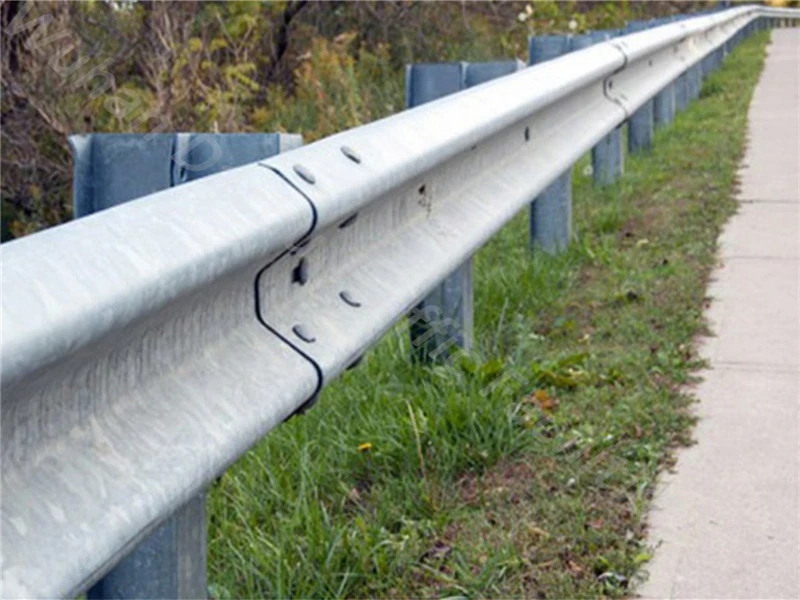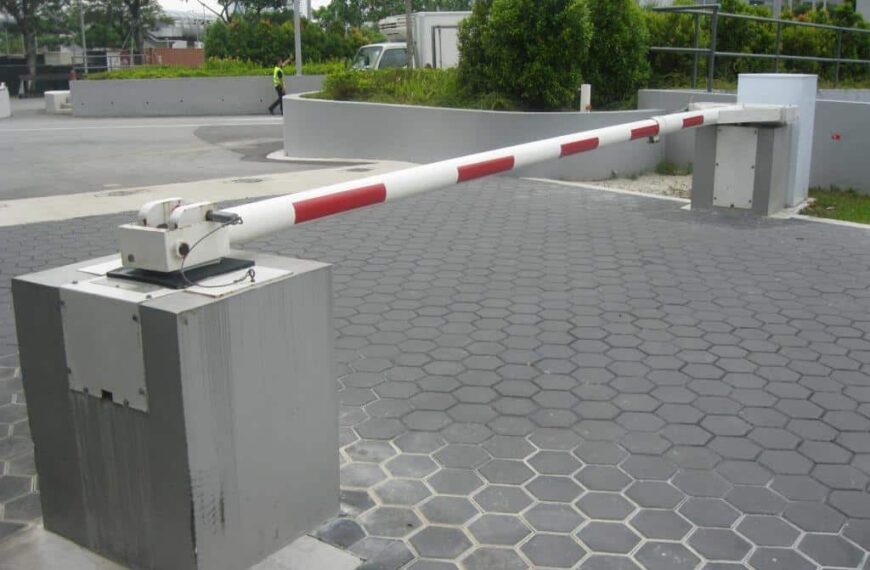Our Crash Beams Statements
Wiki Article
Crash Beams Can Be Fun For Everyone
Table of ContentsSome Known Details About Crash Beams The Basic Principles Of Crash Beams The Greatest Guide To Crash BeamsThe Facts About Crash Beams RevealedThe Of Crash Beams
High light beams benefit vehicle drivers on dark roads at evening and at other times when it is hard to see (Crash Beams). Nevertheless, inappropriate high beam usage could be hazardous. In Ontario, there are legislations to specify proper use of high beam of lights to assist stay clear of risks that might lead to a serious collisionHowever, making use of sound judgment, you can utilize your high beam of lights securely even if you are unsure of the distance. : When you follow an additional car, turn your high beam of lights off. Lower your high beams when you see the headlights of approaching traffic, Reduced your high light beams when going up a hillside Improper high light beam use produces hazards for motorists in approaching cars and the vehicle drivers who improperly utilize them.
In this circumstance, chauffeurs are a lot more most likely to crash into various other lorries. Chauffeurs may likewise miss out on various other objects or risks in the road. Abuse of high light beams might also cause chauffeurs to misjudge: Just how much range they require to brake drivers in this situation may be not able to drop in time to stay clear of a crash.
Irritation can swiftly rise right into even more dangerous behaviour. That depends. All vehicle drivers owe a duty of care to avoid damage to others. When vehicle driver negligence causes an accident that directly causes injury and other losses, she or he might be liable for the damages. However, each case is different.
The Single Strategy To Use For Crash Beams

, where a towering crane has actually been brought in, and a huge number of crew vehicles and vehicles are obstructing the road. Some cars deal far better than others with a lot more severe side accidents , indicating showing there is still room area more progress. Side airbags, which today are conventional on the majority of brand-new passenger vehicles, are created to maintain individuals from clashing with the within of the car and with items outside the lorry in a side collision.

To fill this void, we launched our own examination with a various barrier one with the elevation and form of the front end of a typical SUV or pick-up at the time (Crash Beams). NHTSA obstacle, received yellow, superimposed over the taller barrier utilized in the initial IIHS test In 2021, IIHS revamped its test with a more extreme collision have a peek at this site and a much more sensible striking barrier
Not known Factual Statements About Crash Beams
It is better to the ground and shorter than the Visit This Link original IIHS barrier yet still higher than the NHTSA barrier. Upgraded (left) and initial IIHS side examination obstacles In our original examination, a 3,300-pound obstacle with the approximate height of an SUV hit the chauffeur side of the automobile at 31 mph.As a result of these adjustments, the brand-new test entails 82 percent a lot more power than the initial test. The honeycomb surface area of the barrier in the second test is additionally various. Like real SUVs and pick-ups, the new obstacle tends to bend around the B-pillar in between the chauffeur and back passenger doors.
The passenger space can be jeopardized this way even if the lorry has a strong B-pillar. In both examinations, two SID-IIs dummies standing for little (5th percentile) females or 12-year-old kids are placed in the chauffeur seat and the back seat behind the vehicle driver. IIHS was the first in the United States to utilize this smaller dummy in an examination for customer details.
Much shorter vehicle drivers have a better chance of having their heads enter contact with the front end of the striking lorry in a left-side crash. Designers look at three variables to identify side rankings: driver and traveler injury steps, head protection and structural performance. Injury steps from the 2 dummies are made use of to determine the likelihood that residents would endure considerable injuries in a real-world collision.
Things about Crash Beams

To load this space, we started our own examination with a various barrier one with the height and form of the front end of a regular SUV or pickup at the time. NHTSA barrier, revealed in yellow, superimposed over the taller barrier used in the initial IIHS test In 2021, IIHS revamped its examination with a more severe collision and a much more reasonable striking obstacle.
It is more detailed to the ground and much shorter than the original IIHS barrier yet still more than the NHTSA barrier. Updated (left) and original IIHS side examination obstacles In our original examination, a 3,300-pound barrier with the approximate height of an SUV hit the motorist side of the automobile at 31 miles per hour.
As an outcome of these modifications, the new test entails 82 percent more energy than the initial test. The honeycomb surface area of the barrier in the second examination is additionally different. Like genuine SUVs and pickups, the new obstacle tends to flex around the B-pillar in between the chauffeur and back passenger doors.
Little Known Facts About Crash Beams.
The occupant space can be endangered this way also if the lorry has a strong B-pillar. In both tests, two SID-IIs dummies standing for small (fifth percentile) women or 12-year-old kids are placed in the chauffeur seat and the back seat behind the driver. IIHS was the very first in the USA to utilize this smaller sized dummy in a test for customer information.Shorter chauffeurs have a higher opportunity of having their heads come into contact with the front end of the striking automobile in a left-side accident. Engineers check out 3 factors to identify side scores: vehicle driver and traveler injury actions, head protection and structural performance. Injury procedures from the two dummies are utilized to determine the possibility that residents would certainly sustain considerable injuries in a real-world accident.
If the automobile has air bags and they do properly, the paint must finish up on them. In instances in which the obstacle hits a dummy's head during effect, the dummy typically records very high injury measures. That might not be real, nonetheless, with a "close to miss out on" or a grazing get in touch with.
Report this wiki page